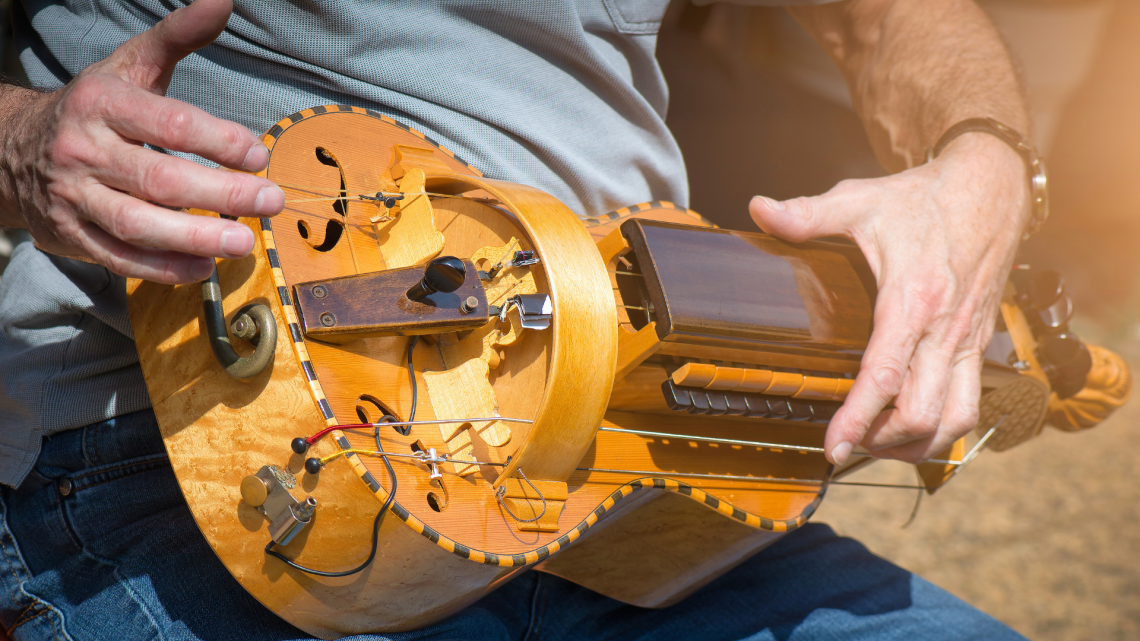
A Guide to Buying Your First Instrument: Essential Tips for New Musicians
Finding the right instrument can be a rewarding experience for beginners. A good starting point is to consider the type of music they want to play and their personal preferences. This choice significantly influences the instrument selection process.
Before making a purchase, it’s important to research different instruments and their features. Understanding factors such as size, sound, and playability will help narrow down the options.
Budget also plays a crucial role in the decision-making process. Setting a realistic spending limit will ensure they find an instrument that is both enjoyable and affordable.
Understanding Guitar Types
Choosing a guitar involves understanding the different types available. Each type has distinct features that cater to various playing styles and preferences.
Acoustic Guitars
Acoustic guitars are popular for their simplicity and versatility. They produce sound through the vibration of their hollow body without the need for electronic amplification. There are two main types: steel-string and nylon-string guitars.
- Steel-string guitars offer a brighter sound and are commonly used in genres like folk and rock.
- Nylon-string guitars, often referred to as classical guitars, provide a warmer tone, ideal for classical and flamenco music.
The size of acoustic guitars varies, with options like 3/4-sized guitars suitable for younger players or those seeking a lighter instrument. Common woods used in acoustic guitar construction include mahogany and rosewood, affecting tone and resonance.
Electric Guitars
Electric guitars rely on electronic amplification to produce sound, which gives them a wide array of tonal possibilities. They typically feature a solid body and come with various pickups that capture string vibrations.
- The sound is shaped by guitar electronics and can be manipulated through an amplifier.
- Electric guitars are widely used across multiple genres, including rock, blues, and metal.
Their body styles vary, from solid to semi-hollow models, which can impact sustain and tone. In addition, electric guitars often come with a variety of effects pedals, allowing players to create unique sounds.
Classical Guitars
Classical guitars are specifically designed for nylon strings, providing a soft, mellow tone. These guitars generally have a wider neck and a larger body compared to other types.
- They are primarily used in classical and flamenco music.
- The use of high-quality woods, such as cedar and mahogany, provides a rich sound.
Classical guitars emphasize fingerpicking techniques, making them a preferred choice for those who enjoy playing intricate melodies. Additionally, they often feature intricate inlays and construction techniques that showcase craftsmanship.
Preparing to Purchase
Before buying a first instrument, it’s essential to set financial limits and identify where to shop. Understanding these two aspects can significantly enhance the purchasing experience and ensure the right choice is made.
Determining Your Budget
Establishing a budget is a critical first step. Prospective buyers should consider the cost of new and used instruments. For instance, new guitars typically range from $200 to $1,500 depending on brand and features.
Used guitars can be more budget-friendly, often starting as low as $100. Buyers must also account for additional expenses such as:
- Accessories (e.g., cases, strings, tuners)
- Maintenance and setup costs
- Lessons if needed
Creating a detailed budget helps avoid overspending and guides the selection process.
Exploring Where to Buy
Selecting the right place to purchase is important. Popular options include local guitar shops and music stores, which offer hands-on experience. These venues allow buyers to test instruments directly, providing valuable insight into feel and sound.
Online retailers present another viable option. Websites often feature a broader selection and competitive pricing. Buyers should research reputable platforms, look for customer reviews, and verify return policies. Comparing both local and online options ensures informed purchasing decisions.
Essential Accessories and Care
Understanding essential accessories and proper maintenance is crucial for any new guitarist. Accessories enhance playability, while care ensures longevity and performance of the instrument.
Selecting Guitar Accessories
Choosing the right accessories can significantly improve the playing experience. Key items include:
- Guitar Tuner: An essential tool for keeping the instrument in tune. Clip-on tuners are portable and user-friendly.
- Guitar Strings: Regularly replacing strings is vital for sound quality. Experiment with different types (light, medium) to find the best fit.
- Guitar Picks: Available in various shapes and thicknesses, the right pick enhances technique and comfort. Beginners may prefer medium thickness for flexibility.
- Guitar Strap: A quality strap provides comfort and support during play. Look for adjustable options to ensure proper fit and stability.
Having these accessories ready can enhance both practice and performance.
Maintaining Your Guitar
Proper maintenance prolongs the life of the guitar and preserves sound quality. Key care tips include:
- Regular Cleaning: Wipe down the body and strings after each use with a soft cloth. This prevents buildup of grime and sweat.
- String Changes: Change strings regularly, depending on usage frequency. Fresh strings provide better tone and playability.
- Humidity Control: Keep the guitar in an environment with controlled humidity. Excess moisture or dryness can warp the wood.
- Periodic Check-ups: Consider professional setups to adjust action and intonation. This keeps the guitar playing well.
By paying attention to these areas, the guitarist ensures their instrument remains in optimal condition.
Getting Started with Your New Instrument
Getting familiar with a new instrument is essential for any beginner. This includes basic playing techniques and an understanding of the instrument’s anatomy, which provides a solid foundation for learning and playing effectively.
Basic Playing Techniques
To start playing, it’s important to practice basic techniques. For guitarists, these include strumming, fingerpicking, and chord changes.
Strumming involves using a pick or fingers to brush across the strings. Beginners should focus on consistent rhythm and accuracy.
Fingerpicking requires using individual fingers to pluck the strings. This technique can enhance playing style and is common in many guitar songs.
Chord changes are fundamental. Practicing switching between basic chords like G, C, and D will improve fluency. Regular practice will help develop muscle memory.
Guitar lessons can provide structured guidance, helping beginners learn these techniques systematically.
Understanding Guitar Anatomy
Knowledge of the guitar’s anatomy is crucial. Key parts include the body, neck, strings, and bridge.
- The body is the main part of the guitar, affecting sound quality and resonance. Acoustic guitars often feature larger bodies for amplified sound.
- The neck holds the fretboard, where fingers press down on strings to create notes.
- Strings come in various materials, affecting tone. Beginners often start with nickel guitar strings, which are versatile.
- The bridge is crucial for string tension and sound transmission. Electric guitars have different configurations, like the tremolo system, influencing playability.
Familiarizing oneself with these features will aid in proper handling and maintenance of the instrument. Understanding different guitar brands can also assist in choosing the right one for playing style and skill level.





